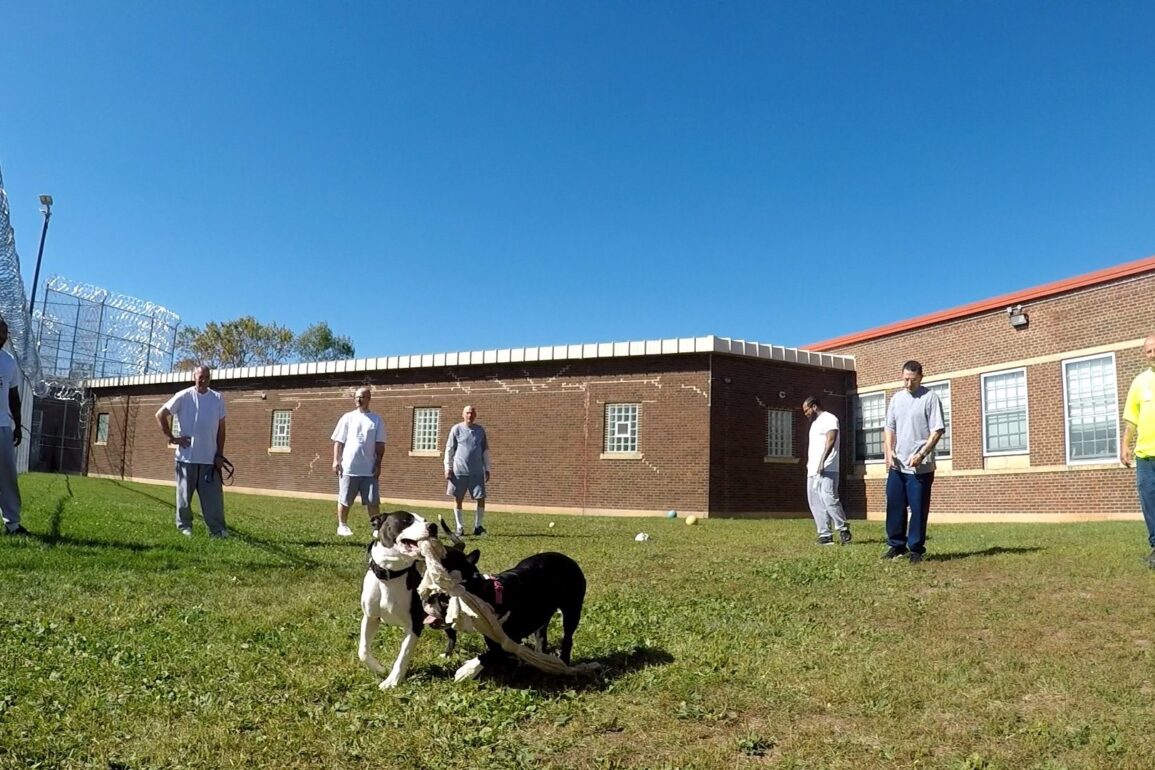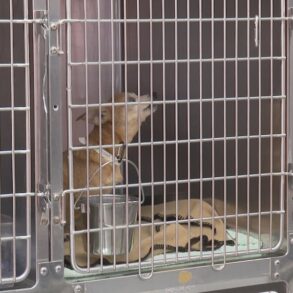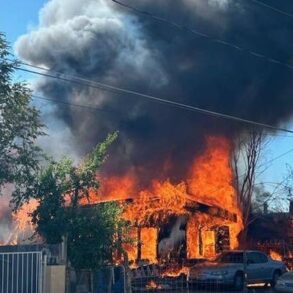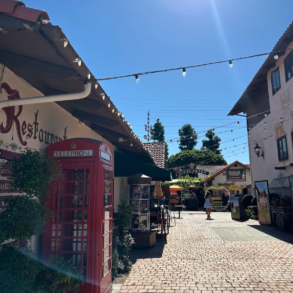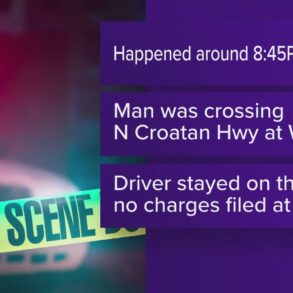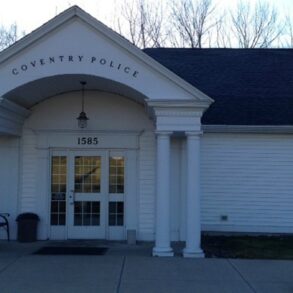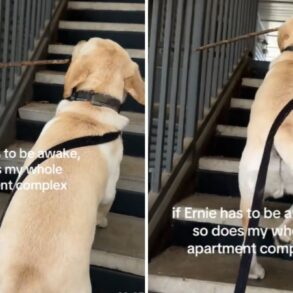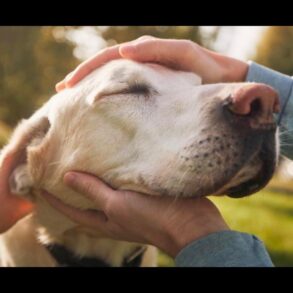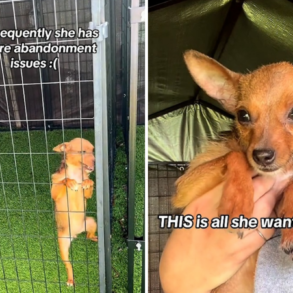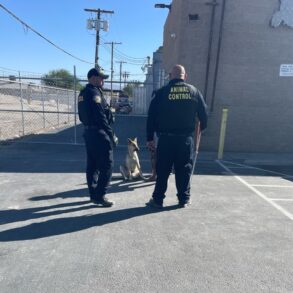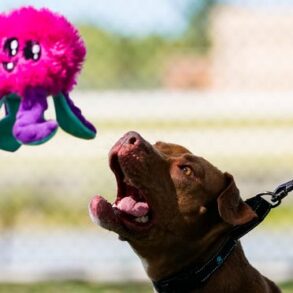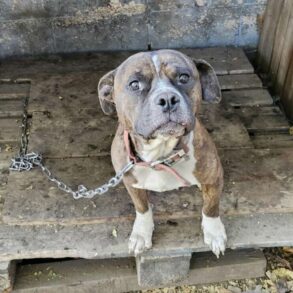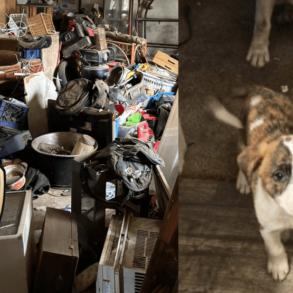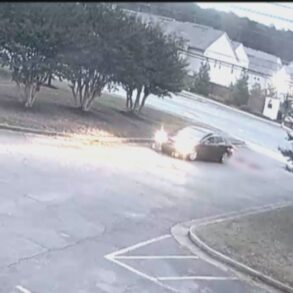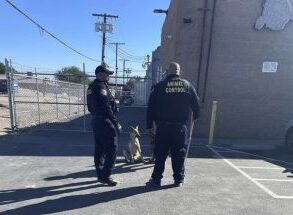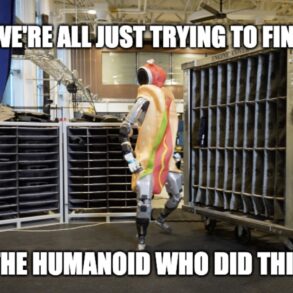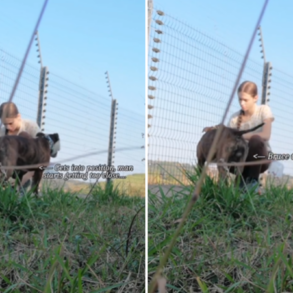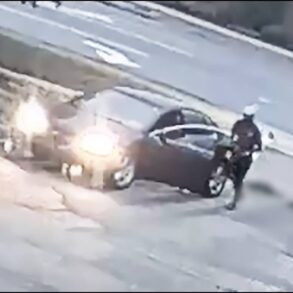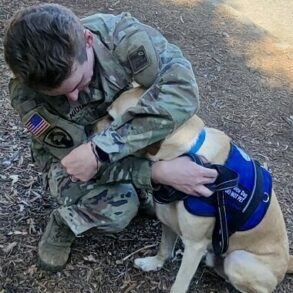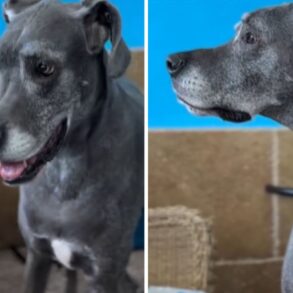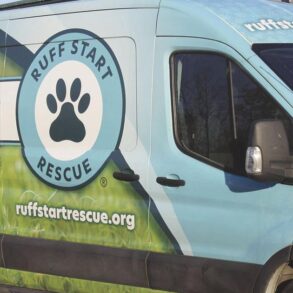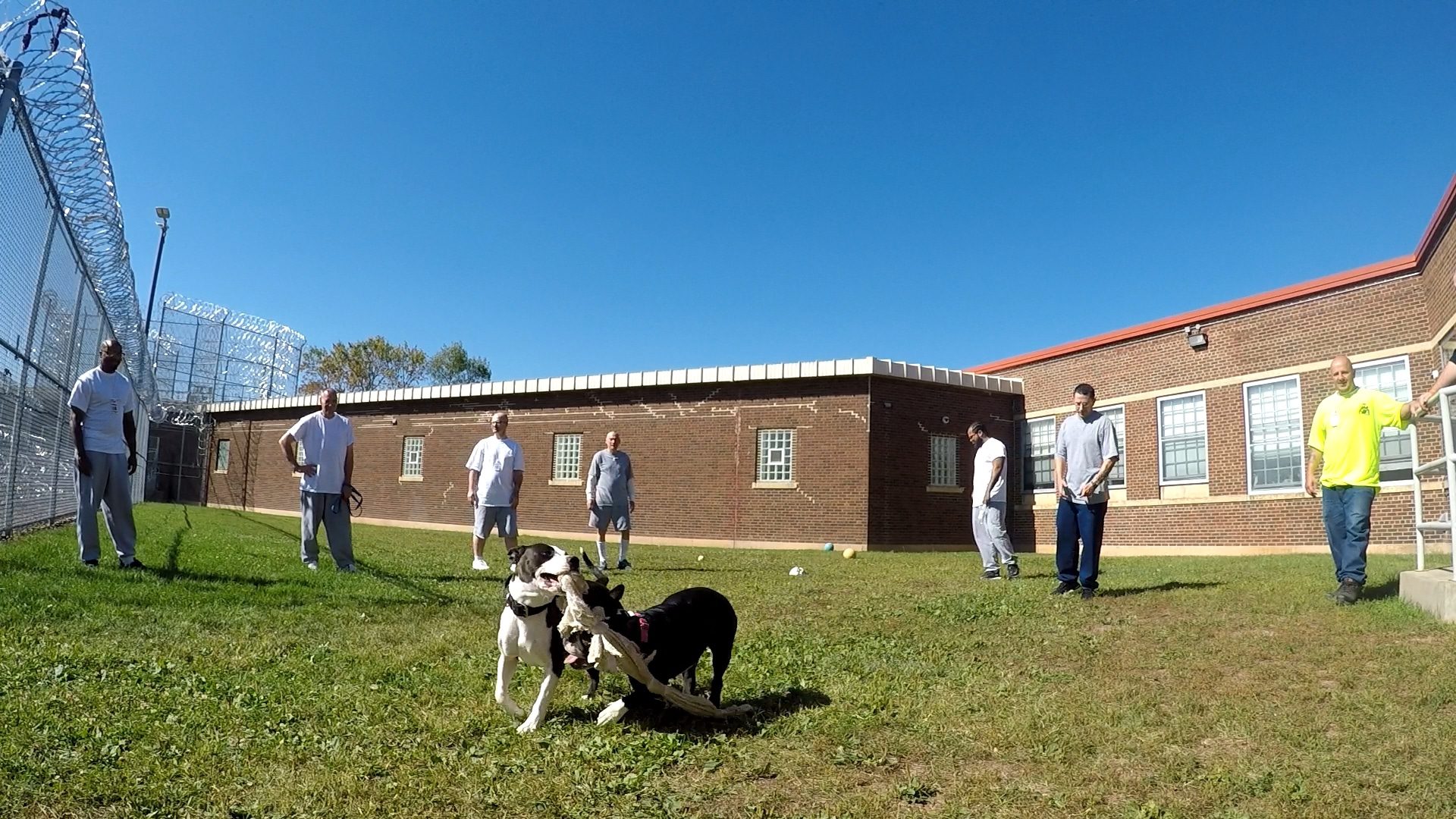
RR Professional Dog Training works with incarcerated persons at Moose Lake Correctional Facility to train local shelter dogs.
To help shelter dogs get adopted, RR Professional Dog Training and Boarding offers their services to rescues. The business has been working for years with Douglas County Humane Society and Animal Allies to train their personnel and work with dogs currently in the shelters.
“They get the same treatment and the same training program that client dogs get. We offer the service to rescues either at a big discount or totally free,” said owner Ram Reizel. “They get a dog and they can’t adopt him out because he’s jumpy or he’s mouthy and he can go through our program and that buys the rescue a little bit of time.”
With more demand than the business can provide, RR Professional Dog Training and Boarding started collaborating with Moose Lake Correctional Facility in 2017. The facility had a dog training program run by a different organization previously and wanted to get the Ruff Start Dog Training Program started back up.
Incarcerated persons in the Ruff Start program are taught how to train a dog. Shelter dogs in need of training are vetted and then dropped off to live with the incarcerated programs.
“The very good thing about this program is that the dogs get a lot of attention. The dogs live with the guys in the rooms, and they get attention 24/7,” said Reizel. “They get a lot of training. They got a lot of people time, and the guys are very, very dedicated to the dogs.”
The incarcerated persons do most of the training, guided by Reizel. Darrell has been in the Ruff Start program since 2017 and was excited from the start. He says he struggled at first but has learned to listen to Reizel’s instructions on training the dogs.
“He follows his system. You know, do exactly how he tells you, and it’s going to be good every time,” said Darrell. “I learned timing. I learned consistency is everything. I learned how the energy goes down the leash. I learned how to be calm and assertive but playful at the same time. I learned basically structure, compassion, and understanding.”
Just outside of the training area is a photo to remember Shirley Swensen, who played an important role in the beginning of the program.
“Ms. Swenson was a part of the dog program as like in between with all the shelters that we deal with,” explained Darrell. “She was in one of my interviews when I got interviewed for the dog program back in 2017. She was just like the godmother of the dog program. She was a great person. She’s going to be missed, and she’s going to be remembered.”
Within the training area are a variety of murals painted by incarcerated persons. Keith was one of the main people who designed the drawings.
“I mean, giving back is, you know, who I am now. It’s something that I haven’t done thus far all this time that I have been incarcerated,” said Keith. But, you know, I have the experience to do it. I just said, let me go ahead and do it because I could have been doing other things.”
Each dog is in the program for several weeks, depending on their training needs. Moises has been in the program for two and a half years and appreciates the opportunity to work with dogs in need of affection.
“ A lot of them don’t know how to interact with other dogs. They’re very aggressive. Some of them come in and they don’t trust people,” said Moises. “To see them make that change and end up, feeling that care for probably the first time in their life, and to change and be able to, turn around and give that back, I think that’s amazing.”
Hundreds of dogs have been through the program. A wall of photos shows numerous dogs who have gotten homes thanks to the training by incarcerated persons.
“Anyone that has ever had a well-trained dog knows that it’s way easier to live with a dog that knows what is expected from him. A lot of the problems that people deal with regularly, small stuff like jumping and chewing and stuff like that. I mean, they are easily fixed,” said Reizel. “Then the dog has a better life. You have a better life. Everyone’s way happier.”
The ability to give back to the community is one of many benefits for the participants. Nicholas has been in the program for just over six months but has already seen positive changes within himself.
“I’ve experienced loss, so it’s helped me with grief. It’s helped me with letting go. It’s helped me with aspects of responsibility, care, and the ability to learn,” said Nicholas. “When we can come face to face with one of these guys, it’s so, it’s almost a hyper-emotional. You can see when guys get in this position that it changes who they are and how they see things. Given that sense of responsibility again, the compassionate nature comes out. We’re not as hardened.”
This post was originally published on this site be sure to check out more of their content.




